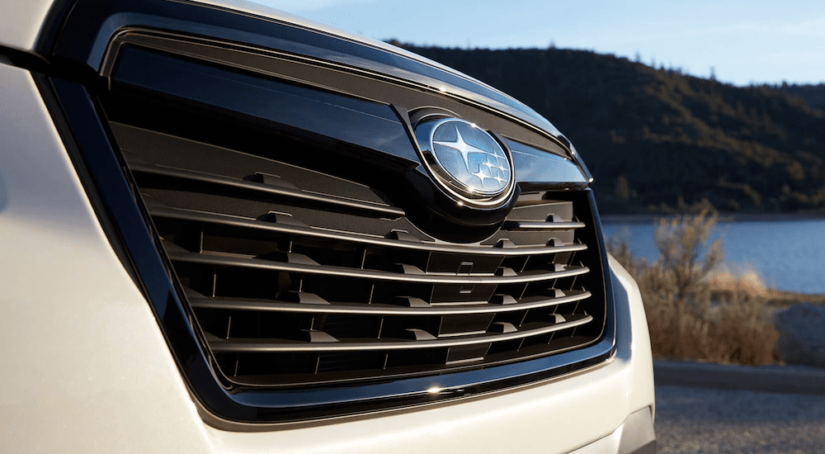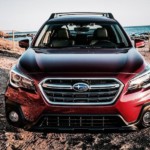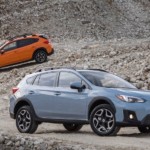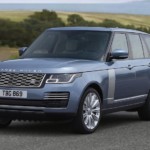When I was a teenager, countless hours and miles were spent adventuring in a ’94 Subaru Outback that my buddy’s Subaru-loyalists parents would frequently lend him. He would later go on to inherit it, then drive it into the ground before going on to purchase a nearly identical one of his own (which he would subsequently drive into the ground). And while nearly twenty-five years have passed since those reckless days of off-roading mayhem, those memories stand as my introduction to the idea that there is very little that a Subaru can’t do.
But the appeal of a Subaru is so much more, providing a distinctive pattern upon which many of today’s offerings would be built. Take, for example, the Outback and Forrester; it would be difficult for anyone to argue the clear influence each had in shaping the crossover trends that would take hold of the industry a decade later. From versatility to the accommodation of both passengers and cargo within a more modest footprint, and the overall aesthetic, your Equinox, RAV-4, Rogue or Pilot probably owes Subaru a small debt of thanks. And even if you don’t want to offer that gratitude, it probably doesn’t matter anyway, because Subaru has been enjoying the opportunity to mop up the profits along the way while automakers stumbled to offer up something as compelling. Bottom-line, not only did Subaru offer up the right products at the right time, but they were ahead of the game in doing so.
And yet, the second quarter of the fiscal year (ending September 30th) showed the automaker at an operational loss of nearly $22 million. In terms of a net loss for the same period, Subaru reported that they were down $10.6 million, with a 2.1% percent decline in global revenue (to the tune of $6.84 billion). Granted, there was little surprise of this downswing, with the automaker choosing to halve their operating budget to tighten their belt in terms of quality. For example, recalls numbering in the hundreds of thousands is less than ideal, especially when they result from a self-induced emissions scandal. With a number of issues to address, Subaru seemed to have its priorities back in-line, but it has been disheartening to see an automaker who seemed to do no wrong, struggle under the same weights that other automakers were trapped under.
But what does this mean for Subaru in the long run? Fiscal woes aside, there are still an immense number of Subaru loyalists that would fall into line to enjoy the generations of offerings to come. And of course, any appeal of their versatile AWD offerings is just a part of the puzzle, with Subaru’s golden age subsidized by the likes of the iconic STI, proving that they’re anything but a one-trick-pony. But where do they go from here?
Well, the Forester is now in its fifth-generation as it celebrates its twentieth birthday. And if the 20th is considered the platinum anniversary, well…Subaru is about to get a high-valued upgrade that already has people talking.
Meet the DriverFocus Distraction Mitigation System, making its debut in the 2019 Subaru Forrester. Carrying over all of the distinctive features one has come to expect of the Forrester (full-time all-wheel drive, road-holding character, lower center of gravity albeit with plenty of clearance) the new feature steps forward to convey’s Subaru’s timely focus on safety in this era of driver-assistive features.
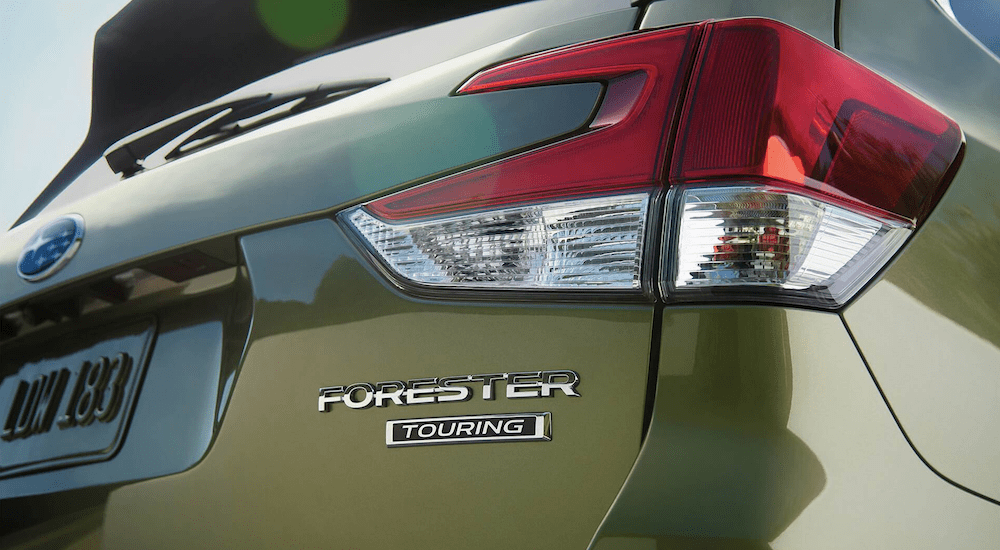
So what does the DriverFocus DMS do? Well, it employs advanced eye-tracking technology to identify driver fatigue or any kind of driver distraction. In other words it monitors your eyes and, in the event of distraction, warns you accordingly. Considered by some to be invasive, the fact that it’s off-putting in its execution shows that the automaker shows no immediate signs of slowing down on the innovation front. Apparently, pushing of the envelope is perfectly in vogue at Subaru.
But both aesthetically, and in terms of overall performance, the Forrester feels somewhat stagnant. Its appearance is not entirely indifferent from its predecessors, and a 182-hp 2.5-liter flat-four feels somewhat lackluster, especially with its (less-than-competitive) 29 combined mpg rating. A lot of the same could be said for the other seven base models that help to compose Subaru’s lineup. To come out so strong over the past three decades, but travel such a slow distance in terms of overall engineering and design makes you wonder if they’ve been driving slowly towards a wall for some time now.
At the end of the day, ‘a good idea does not an empire make’, so if DriverFocus is the only headline worth discussing there’s some legitimate room for concern. Sure the Legacy, Outback, Crosstrek and Forrester are all hailed by Consumer Reports as some of the ‘Best Vehicles Under $30K and all offerings fare well in terms of overall scoring, but there is a prevailing sense of lacking inspiration. And there are other knocks against Subaru in the grand scheme of things, as well. Subarus are far from being labeled an inclusive offering, and their distinctive brand engineering presents a unique challenge in terms of maintenance. Hell, if your city or town is anything like mine, you only have one or two people that work on Subaru’s at all. Setting loyalty aside, such a lack of inclusivity makes it difficult for a lineup to evolve, and all-too-easy to render it irrelevant, in part (or as a whole).
But Subaru is hardly the first challenged by design stagnation, and they are far from the first automaker to face financial struggles. They will, more than likely, come out of this trying time fine and stronger than ever. We just hope to see some more genuine (and aggressive) pushing of the envelope. Nothing would make us happier than a Subaru revival, or even better, a renaissance in the years to come. Who knows? Maybe my kids will enjoy similar adventures to the ones I had when I was a teenager. Wait. Scratch that. I don’t even know why I suggested it…
